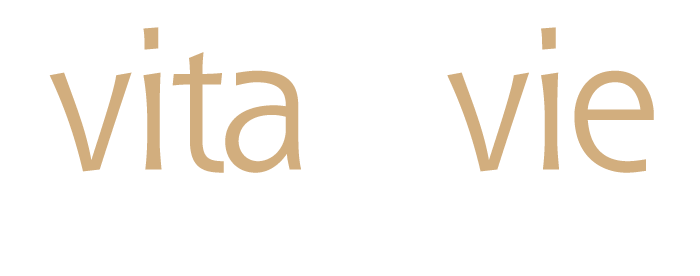A new study shows that higher levels of vitamin D - specifically serum 25-hydroxyvitamin D - are associated with a reduced risk of cancer.
Cedric Garland, DrPH, adjunct professor at the University of California, San Diego School of Medicine and Public Health and member of Moores Cancer Center at UC San Diego Health, and his late brother, Frank, first made the connection between vitamin D deficiency and certain cancers back in 1980. They determined that people residing at higher latitudes, resulting in less sunlight, were more likely to have Vitamin D deficiencies, as it’s produced by the bodies exposure to sunshine. These people also had higher rates of colon cancer. The Garland brothers also found in subsequent studies that vitamin D links to other cancers, including breast, lung, and bladder.
A new study, also conducted at University of California, San Diego School of Medicine, and led by Cedric Garland, has found that higher levels of vitamin D, specifically serum 25-hydroxyvitamin D, are associated with a decreased risk of cancer. "We have quantitated the ability of adequate amounts of vitamin D to prevent all types of invasive cancer combined, which had been terra incognita until publication of this paper," said Garland.
In this new study, the team sought to pinpoint the blood level of vitamin D needed to effectively reduce the risk of cancer. The marker of vitamin D was 25-hydroxyvitamin D, which is the main form in the blood. The scientists used a non-traditional approach, pooling analyses of two previous studies of different types: a randomized clinical trial of 1,169 women and a prospective cohort study of 1,135 women. They then combined the two studies and obtained a larger sample size, as well as a larger range of blood serum levels of 25-hydroxyvitamin D or 25(OH)D.
They found that the age-adjusted incidence of cancer was 1,020 cases per 100,000 person-years in the Lappe cohort and 722 per 100,000 person-years in the GrassrootsHealth cohort. Cancer incidence declined with higher 25(OH)D. Women with 25(OH)D concentrations of 40 ng/ml or more had a 67 percent lower risk of cancer than the women with levels of 20 ng/ml or less.
Garland does not suggest an optimum daily intake of vitamin D, or one particular method of intake over another (such as sunlight exposure, diet, or vitamin supplementation). He said that this study simply clarifies that reduced risk of cancer becomes measurable at 40 ng/ml, with additional benefits at higher levels.
"These findings support an inverse association between 25(OH)D and risk of cancer," he said, "and highlight the importance for cancer prevention of achieving a vitamin D blood serum concentration above 20 ng/ml, the concentration recommended by the IOM for bone health." He goes on to say that increasing 25(OH)D concentrations to a minimum of 40 ng/ml in the general population would likely and significantly reduce cancer rates and subsequent mortality. "Primary prevention of cancer, rather than expanding early detection or improving treatment, will be essential to reversing the current upward trend of cancer incidence worldwide," the researchers wrote. "This analysis suggests that improving vitamin D status is a key prevention tool."
Sharon L. McDonnell, Carole Baggerly, Christine B. French, Leo L. Baggerly, Cedric F. Garland, Edward D. Gorham, Joan M. Lappe, Robert P. Heaney. Serum 25-Hydroxyvitamin D Concentrations ≥40 ng/ml Are Associated with >65% Lower Cancer Risk: Pooled Analysis of Randomized Trial and Prospective Cohort Study. PLOS ONE, 2016; 11 (4): e0152441 DOI: 10.1371/journal.pone.0152441


